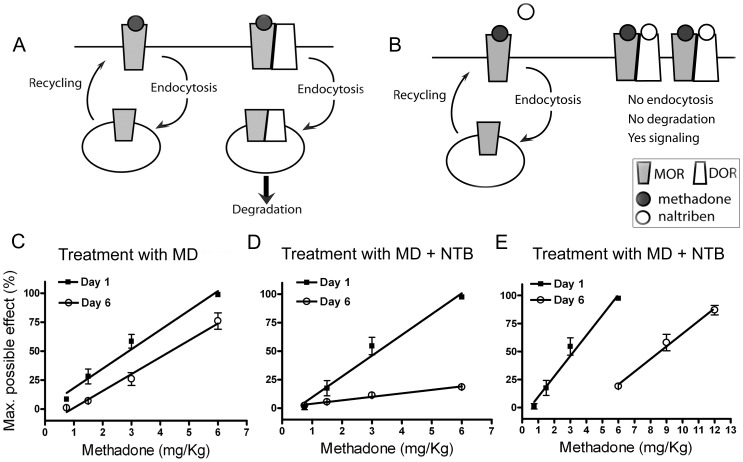Figure 2. Development of reduced antinociception after chronic treatment with a cocktail of methadone and NTB.
A & B) Proposed model of the trafficking of MOR and DOR/MOR in response to methadone (A) or to methadone/NTB cocktail treatment (B); MOR will be activated, internalized and recycled back to the plasma membrane in response to methadone. Normal cycling will keep the MOR ready for further activation. DOR/MOR will be activated, internalized and degraded in response to methadone. In the presence of the DOR antagonist NTB, activation and trafficking of MOR in response to methadone will remain unaffected, whereas DOR/MOR heteromers will be occupied by NTB and methadone resulting in the activation of the receptor complex without subsequent endocytosis and degradation. C–E) Antinociception to escalating doses of methadone was measured in naïve wild type mice on day 1 (closed squares). ED50 values calculated via linear regression analysis and 95% confidence intervals are as follows: Day1, MD treatment: 3 (1.9–3.8) mg/Kg and MD+NTB treatment: 3.2 (2.3–4.2) mg/Kg. On days 2, 3, 4 and 5, mice were injected s.c. once daily with the ED50 dose of methadone (3 mg/Kg) (C) or a cocktail of methadone (3 mg/Kg) combined with NTB (0.01 mg/Kg) (D). On day 6 (open circles), antinociception to methadone was measured again in mice treated with only methadone (C) or the cocktail (D); ED50 values and 95% confidence intervals are as follows: Day 6, MD treatment: 4.3 (3.6–5.3) mg/Kg and MD+NTB treatment: 8.6 (5.4–12.4) mg/Kg. E) Shows an additional dose range of methadone on day 6 for the group of mice receiving injections of methadone/NTB cocktail. Data represents mean ± SEM; n = 20 mice per group.

